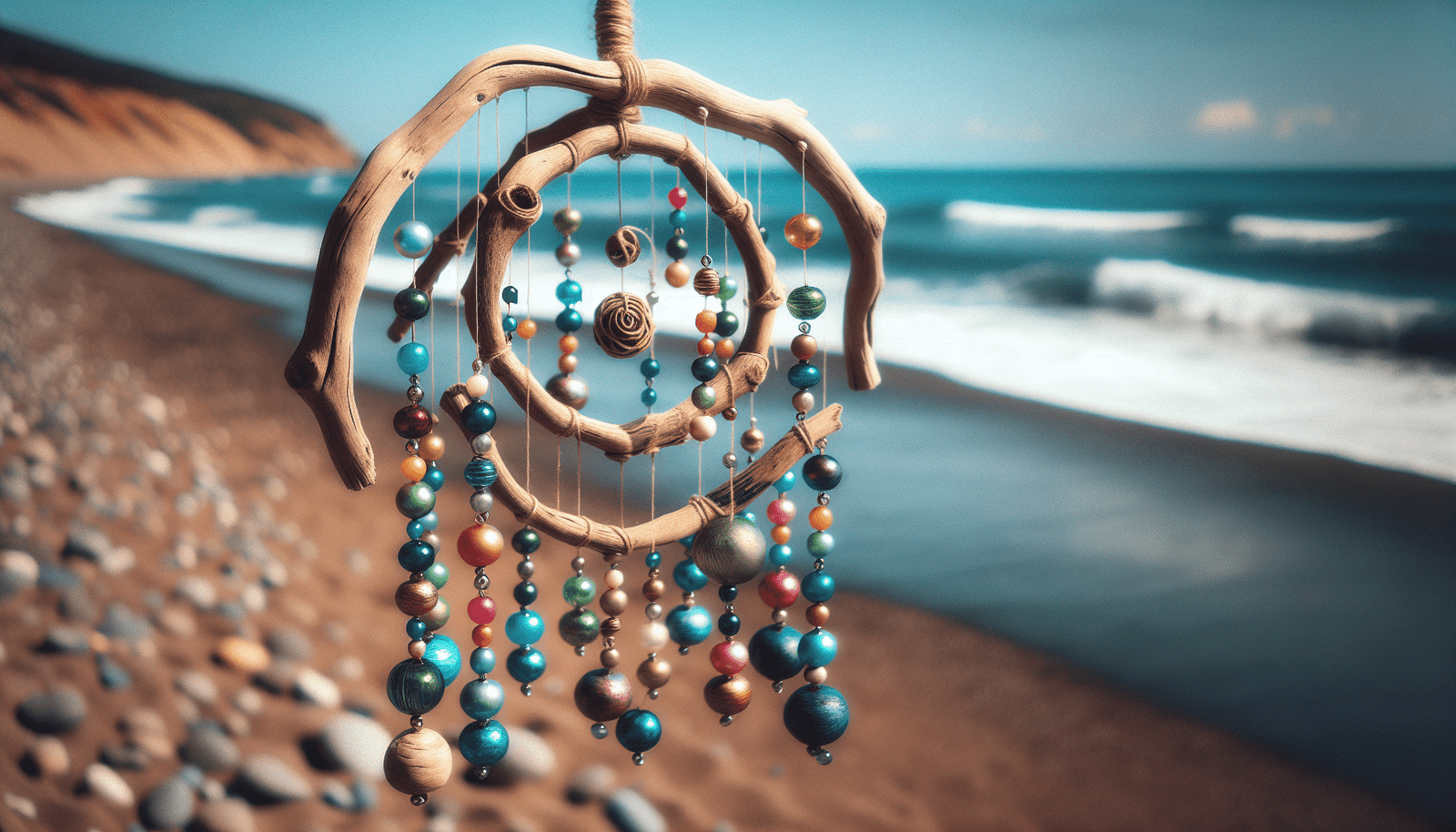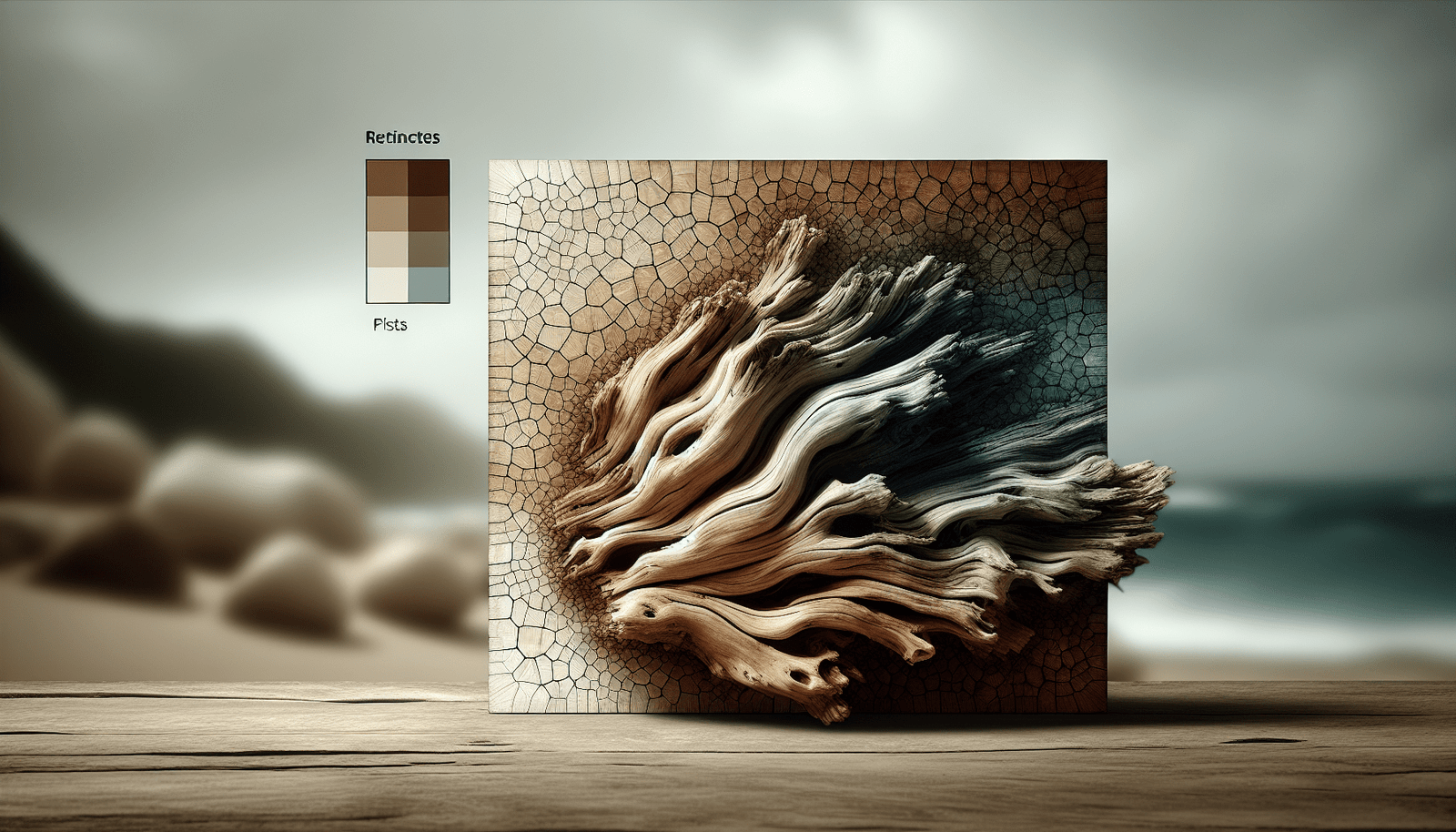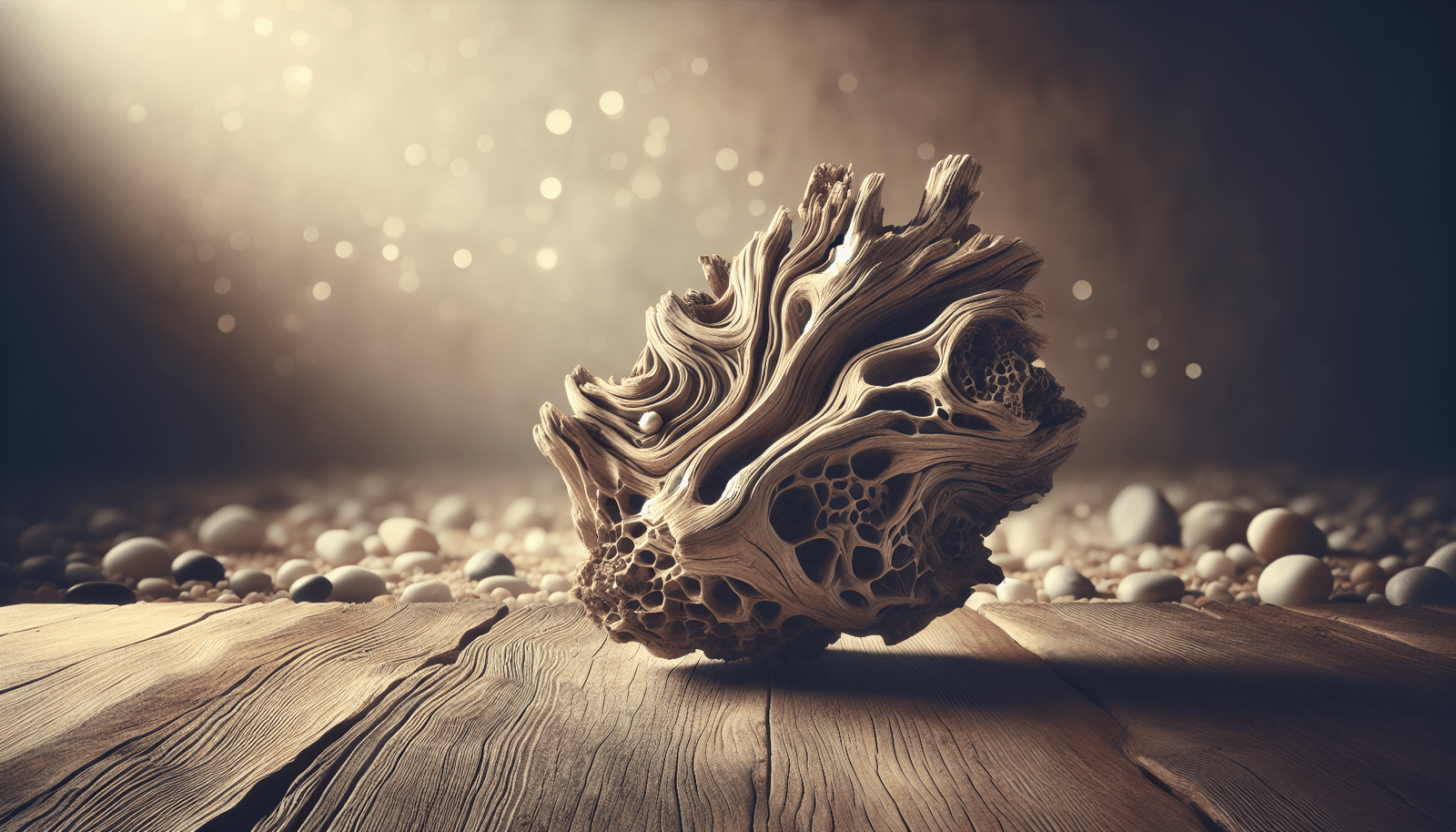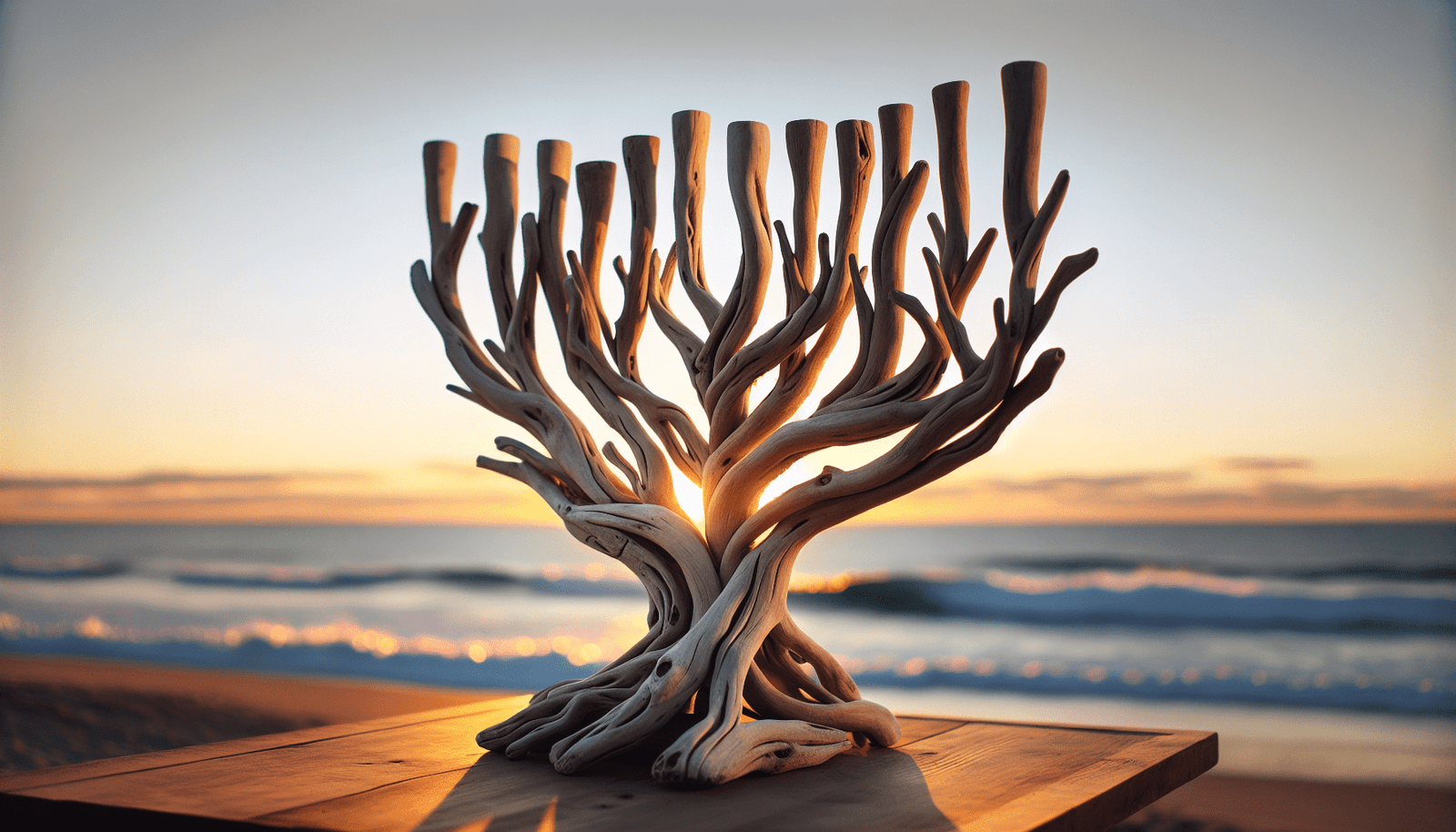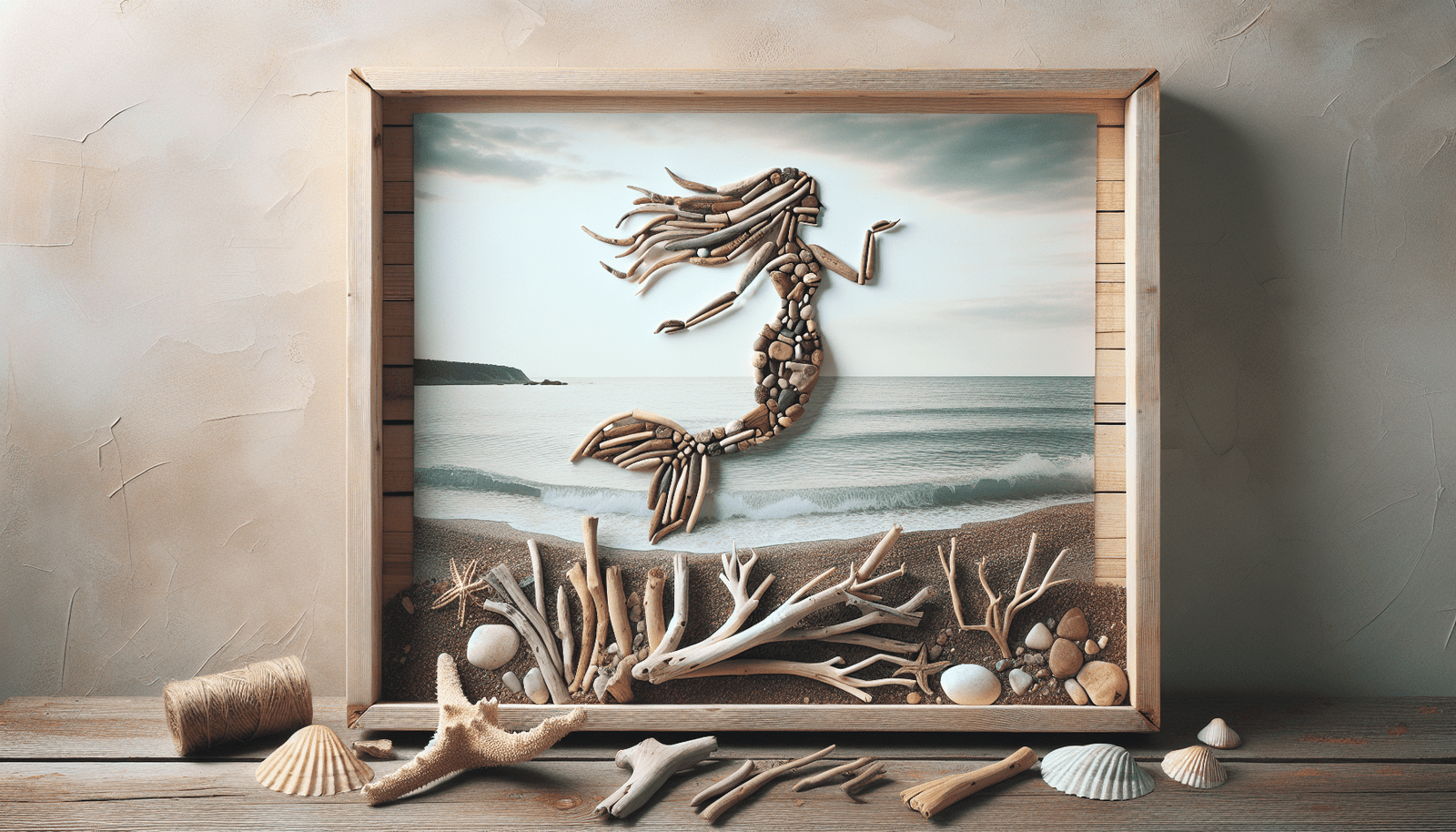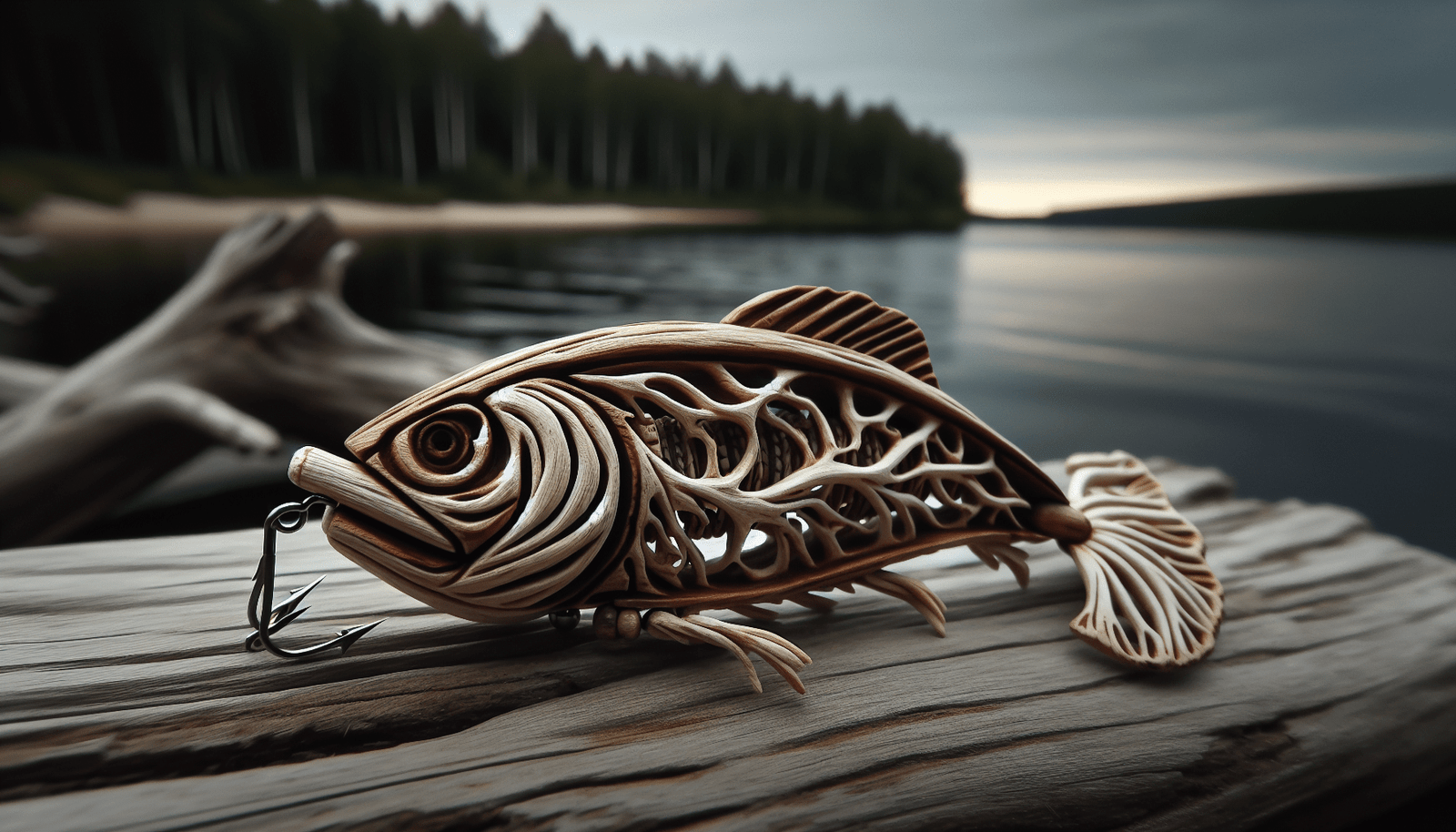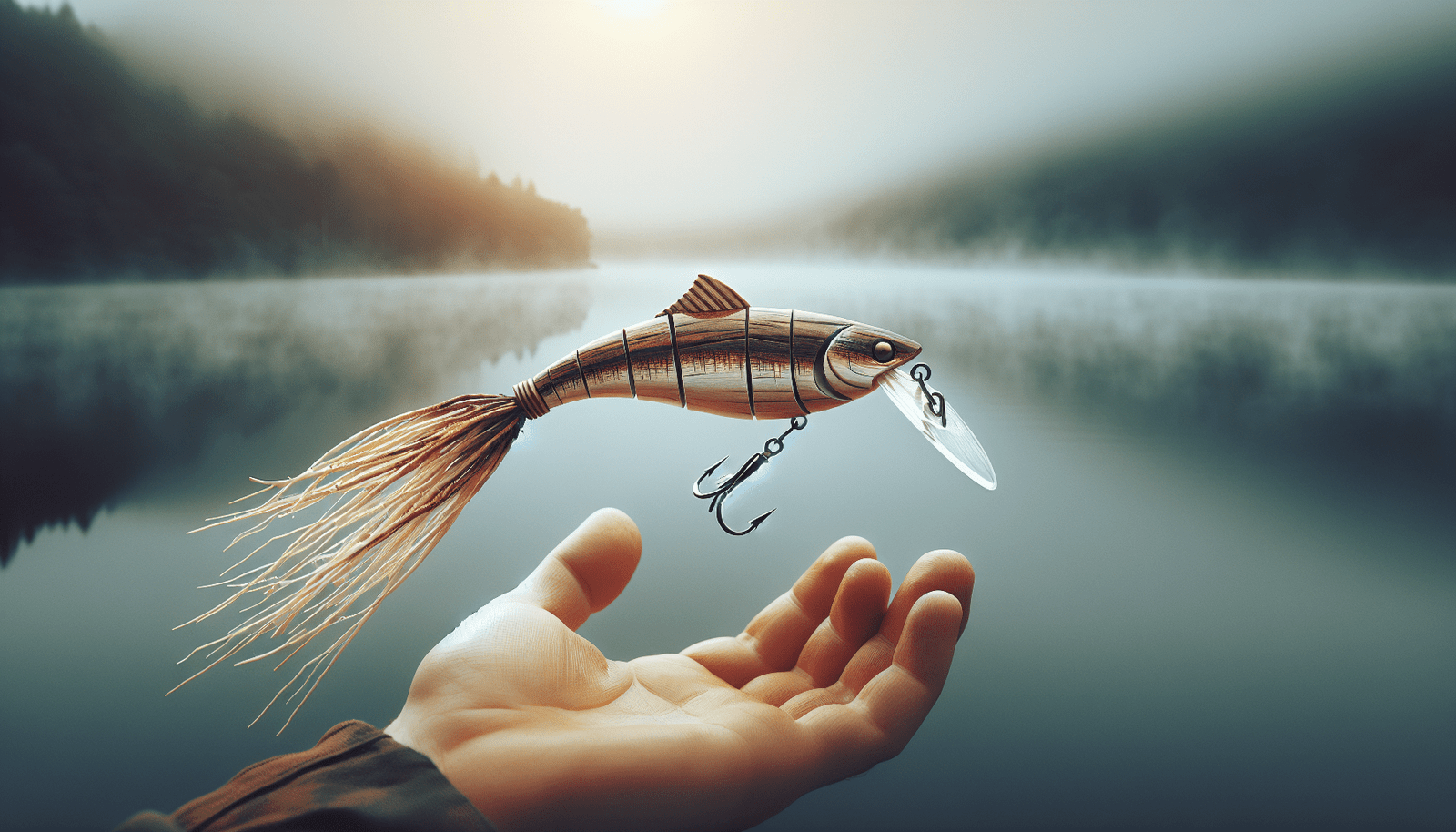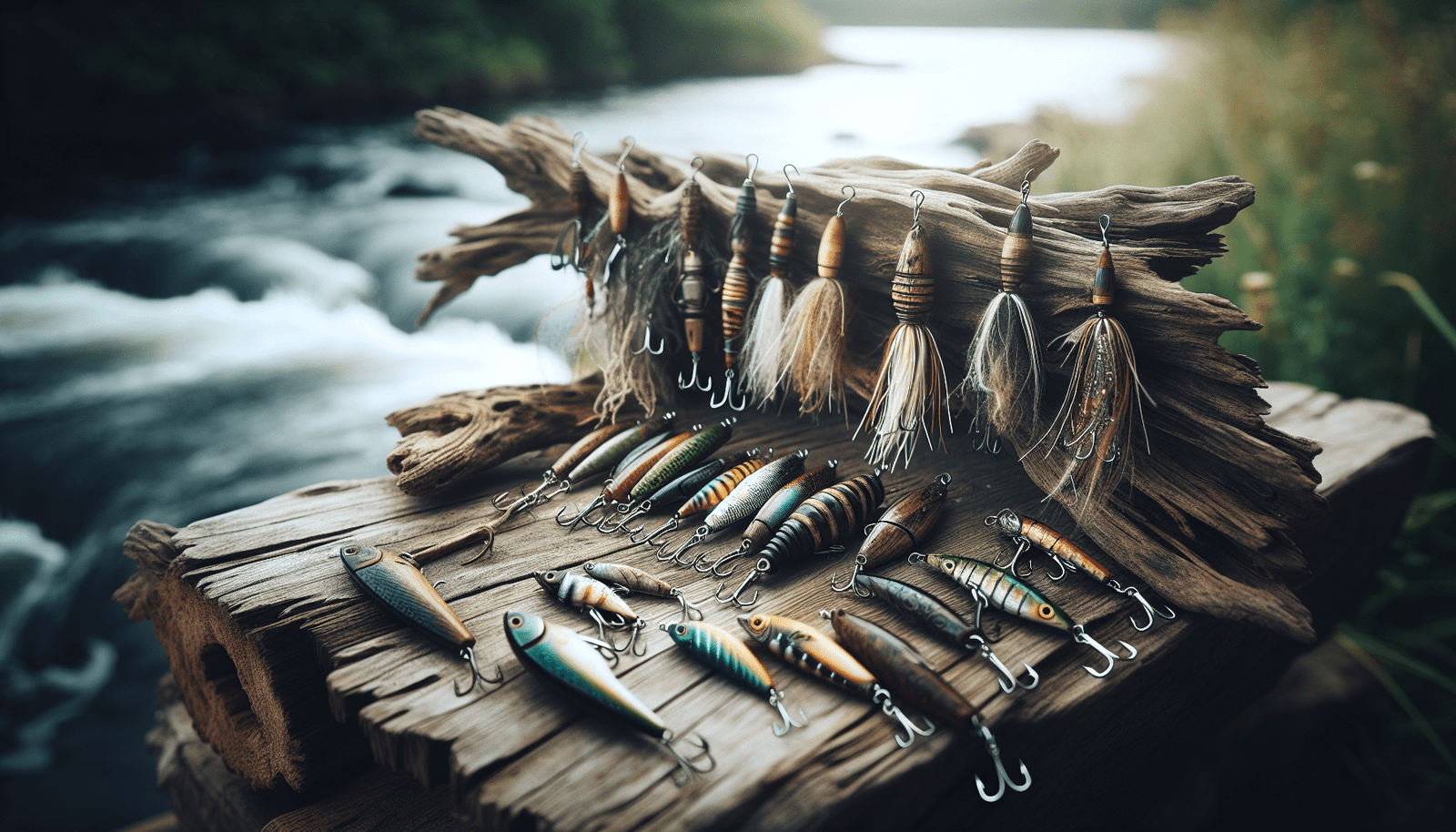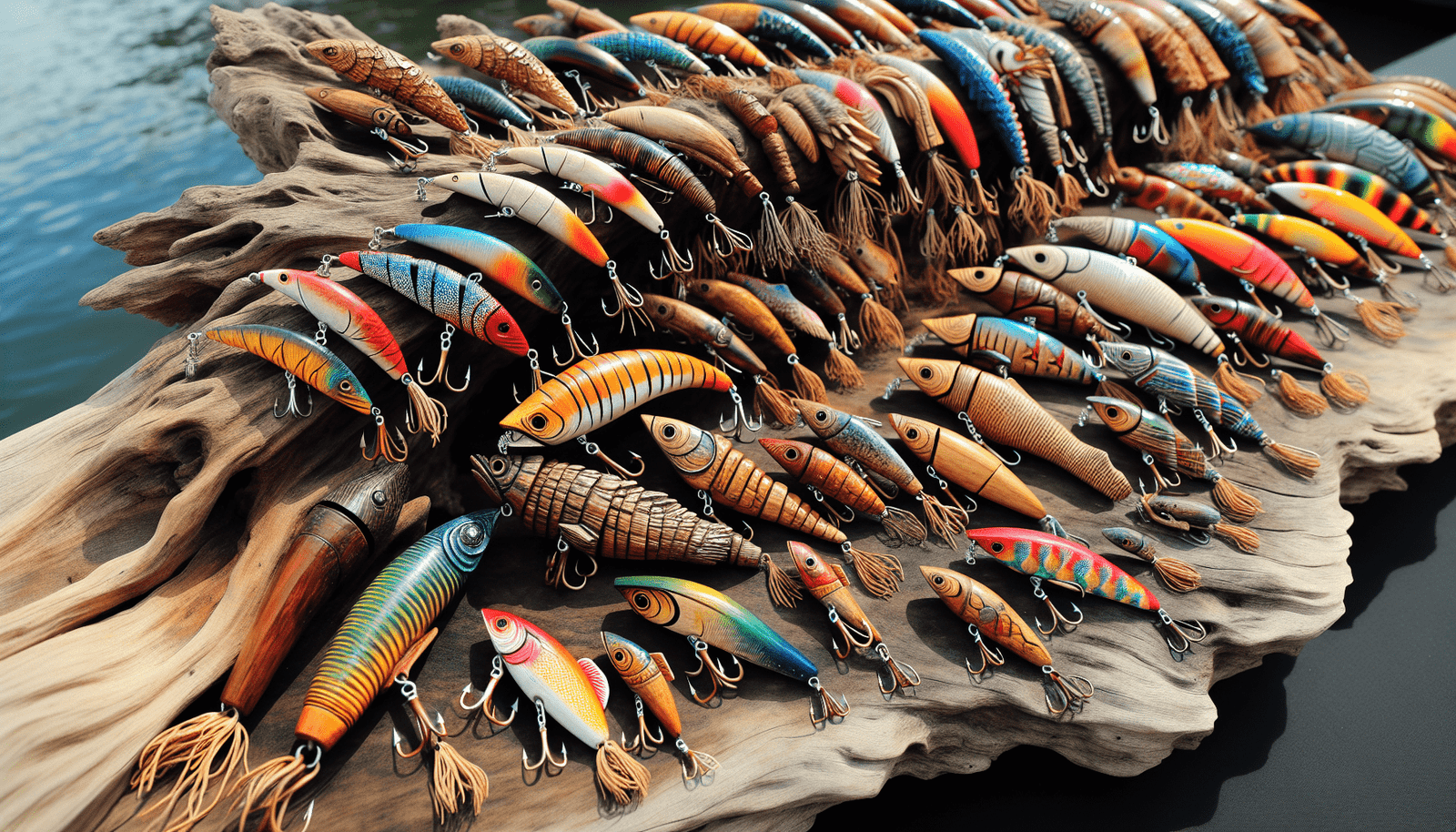Have you ever walked along a beach and noticed pieces of driftwood, gnarled and weathered by time and tides? These naturally sculpted forms have captured the imagination of artists and crafters for generations. But have you thought about harnessing their raw, rustic charm to create something truly unique, like driftwood mushroom art?

Understanding Driftwood Mushroom Art
Driftwood mushroom art combines the natural beauty of driftwood with the whimsical form of mushrooms, creating pieces that bring a touch of nature indoors. These works of art can be complex sculptures or simplistic accents, but they all share a love for the natural world.
What is Driftwood?
Driftwood is wood that has been washed onto a shore or beach of a sea, lake, or river by the action of winds, tides, or waves. Over time, the elements strip it of bark and smooth its surfaces, often creating unique patterns and textures. Driftwood has become a favorite medium for artists due to its organic shapes and versatility.
The Fascination with Mushrooms
Mushrooms have fascinated humans for centuries with their mysterious growth habits and variety of forms. As a symbol of nature’s hidden wonders, mushrooms add an element of magic and curiosity when incorporated into art. Their varying sizes and shapes provide a rich subject for artistic interpretation.
Creating Driftwood Mushroom Art
Creating driftwood mushroom art requires a combination of artistic vision, practical skill, and a love for natural materials. Whether you’re a seasoned artist or a beginner, making driftwood mushroom art can be a rewarding experience.
Materials You’ll Need
For creating driftwood mushroom art, you will need some basic materials. Here’s a list to get you started:
| Material | Description |
|---|---|
| Driftwood pieces | Gather from beaches or rivers, with sizes that suit your vision |
| Sculpting clay | For crafting the mushroom caps and stems |
| Paints and brushes | To add color and detail to your mushrooms |
| Sealant | Protects the final artwork and enhances wood texture |
| Tools | Knife, drill, or rotary tool for shaping and carving |
The Artistic Process
The process of creating driftwood mushroom art involves several steps. Each allows you to express your creativity while working closely with nature’s offerings.
Selecting the Driftwood
Begin by selecting pieces of driftwood that speak to you. Consider their shapes, sizes, and textures as potential foundations for your mushroom installations. Each piece of driftwood has its unique character, guiding your artistic vision.
Crafting the Mushroom Sculptures
Using sculpting clay, create the mushroom caps and stems. Naturalistic or fantastical designs can add a personal touch to the artwork. Experiment with shapes and sizes to find a composition that complements the driftwood.
Assembling Your Artwork
With the components ready, it’s time to assemble them. Drill or carve holes where you want to attach the mushrooms. Secure each piece with glue or screws, ensuring stability without compromising the aesthetic.
Adding Color and Texture
Paint your mushrooms, taking inspiration from real-life examples. Whether aiming for realism or whimsy, this is where your creativity shines. Finish by sealing the artwork with a clear coat to protect and enhance both the wood and clay components.
Displaying Your Artwork
Once complete, displaying your driftwood mushroom art in a setting that highlights its natural elegance is crucial. Consider spaces that complement the artwork’s earthy tones and wild inspirations.
Inspiration and Variations
Driftwood mushroom art is as varied as nature itself. Whether you aim for a naturalistic representation or a more abstract concept, there are endless possibilities for creativity and innovation.
Naturalistic Styles
Some artists strive for realism, mimicking the appearance of wild mushrooms closely. This approach often requires careful study of mushroom species and attention to detail in texture and color.
Abstract and Fantastical Ideas
For those with a more whimsical bent, driftwood mushroom art can venture into the realms of fantasy. Imagine mushrooms that glow in dark spaces or structures that seemingly defy gravity. Let your imagination run wild as you create art that feels like it belongs in a fairy tale.
Environmental Themes
Driftwood art inherently highlights themes of sustainability and nature’s beauty. Artists often use this medium to comment on environmental issues, drawing connections between their work and the natural environments they source it from.
Benefits of Driftwood Mushroom Art
Engaging with driftwood mushroom art offers several benefits beyond simply creating visually appealing pieces.
Foster Creativity
Working with natural materials encourages you to think outside the box. The irregularities of driftwood challenge you to adapt and innovate, often leading to surprising and rewarding artistic outcomes.
Connect with Nature
Collecting driftwood and designing your art can deepen your connection to nature. It enhances appreciation for the small details that make natural environments so awe-inspiring.
Eco-Friendly Art Form
Using driftwood is a sustainable practice that repurposes a natural element already in the ecosystem. It reduces the need for manufactured materials, aligning your artwork with eco-friendly principles.
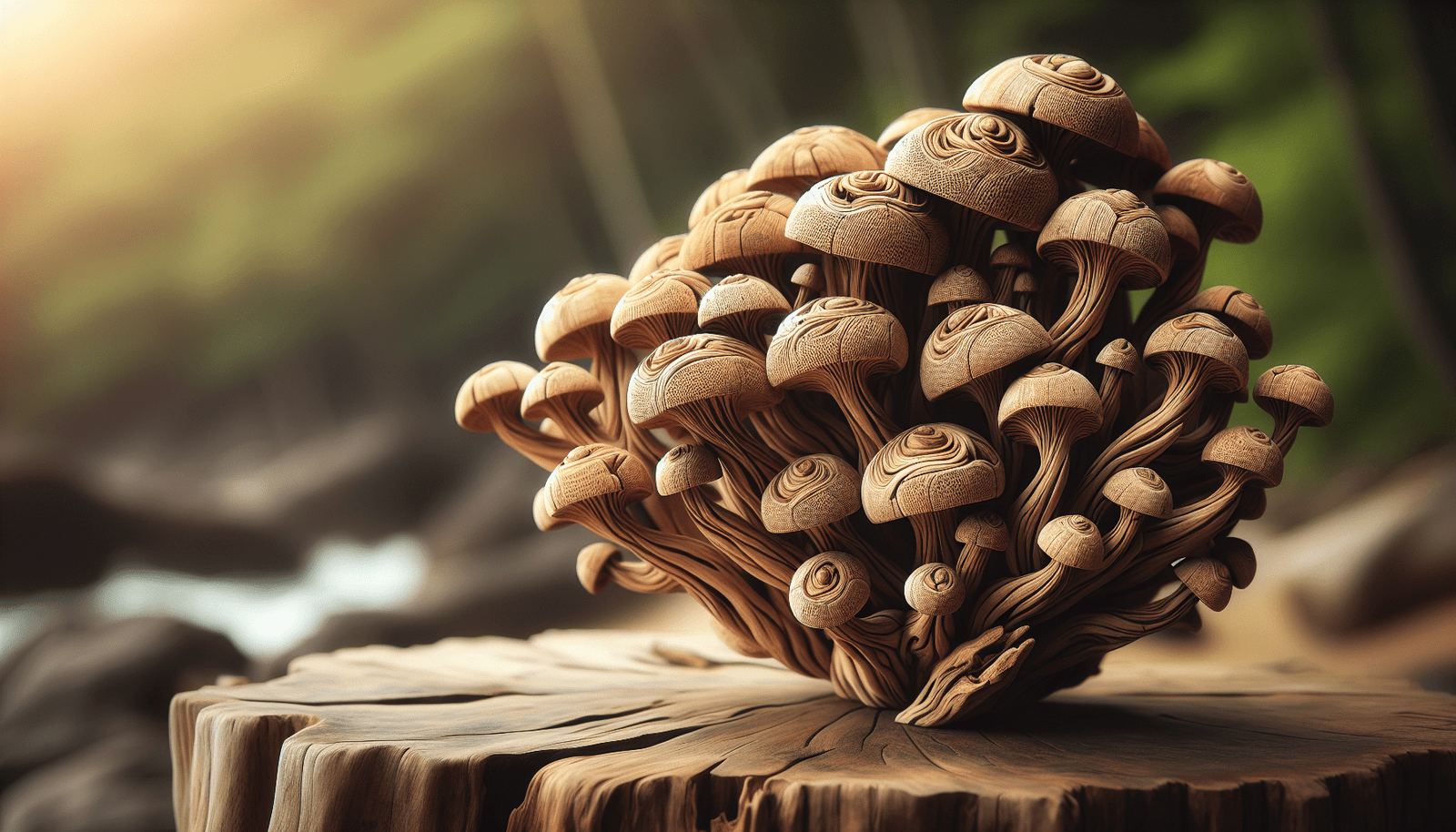
Tips and Techniques
As you embark on your journey into driftwood mushroom art, consider these tips to refine your technique and overcome common challenges.
Selecting Quality Driftwood
Choose well-weathered and sturdy pieces to ensure durability. Avoid wood that’s too soft, as it may crumble or rot over time. If possible, select pieces free of insects or signs of decay.
Experiment with Shapes
Don’t be afraid to experiment with unexpected shapes and forms. Driftwood’s natural curvature can inspire creative compositions, and the imperfections often add character to your work.
Using Color Effectively
Color can transform your driftwood mushroom art by highlighting specific features or setting a mood. Use paints selectively to accentuate the natural wood grain or to enhance the lifelike appearance of your mushrooms.
Protect Your Artwork
Applying a protective sealant to your finished piece is crucial. Not only does it enhance the natural beauty of the wood and clay, but it also offers protection from moisture and dust.
Challenges to Overcome
Like any artistic endeavor, creating driftwood mushroom art comes with its own set of challenges. Addressing these head-on will help ensure a successful and enjoyable crafting experience.
Drifting Diversity
Finding driftwood that fits your artistic vision can sometimes be challenging due to the unpredictable nature of this material. Patience is key, as each piece of driftwood is unique with its own story to tell.
Preserving Organic Form
Balancing the rustic appeal of driftwood with your artistic modifications requires practice. It’s important to preserve the natural texture and lines while still making them part of a cohesive piece.
Durability Concerns
Driftwood’s natural softness can be a concern for long-term durability. Using the right sealants and structural supports will help maintain your artwork over time.
Driftwood Mushroom Art in the Community
As interest in driftwood mushroom art grows, so does its impact in artistic communities. Engaging with other artists and enthusiasts can enrich your own practice.
Workshops and Collaborations
Consider joining local art workshops focusing on nature-inspired art. Collaborative projects with other artists can provide fresh perspectives and techniques, enhancing your skills and expanding your network.
Sharing Your Work
Online platforms and community exhibitions offer opportunities to share your driftwood mushroom art with others. They also provide a space to receive feedback and inspire future creations.
Educational Outreach
Some artists use their skills to educate others about the environment through driftwood art. By holding workshops for schools or community groups, they share insights into sustainable art practices and the importance of environmental conservation.
Conclusion
Driftwood mushroom art is a captivating way to bring elements of nature into artistic expression. Through collected materials and imaginative sculptures, this form of art fosters creativity, sustainability, and connection with the environment. Whether you’re an artist looking to explore new materials or someone who appreciates the raw beauty of nature, driftwood mushroom art offers an exciting and rewarding pursuit. Remember to enjoy the process, respect the natural origins of your materials, and let the journey guide you to unexpected places. Your creations will not only enrich your surroundings but also reflect the deep bond between art and nature.

